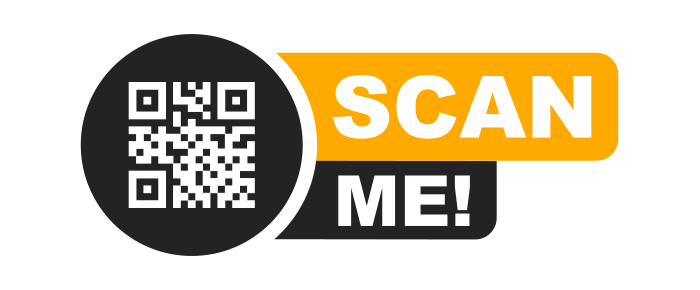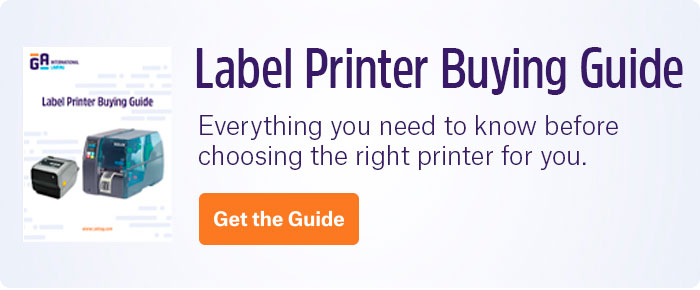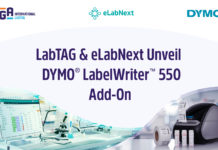
Barcodes are a mainstay of laboratories, healthcare facilities, and pharmaceutical manufacturing plants, used to track and trace each individual sample, reagent, and container throughout every assay and workflow. Because 2D barcodes can store more information, they are increasingly being used instead of 1D barcodes. One of the most popular 2D barcodes is the QR code, which is celebrating its 30 year anniversary this year. So, in honor of its incredible achievement, here is a brief history of QR codes.
The first “Wave” of 2D barcodes
While QR codes weren’t the first 2D barcode to be developed (that distinction resides with Code 49, designed in 1987), their creation was one of the most significant achievements in barcode history. In the 1960s, Japan was undergoing massive economic growth, with supermarkets selling more and more items for many rapidly flourishing neighborhoods. Over the next 30 years, 1D barcodes reigned, but something was missing: the ability to encode more than a few characters at a time.
It was at this point that several companies contacted DENSO WAVE INC, a company working on making barcode readers. They were asked to develop a barcode that could store more information, and in response, they assigned the task to Masahiro Hara. An avid fan of the complex board game Go, he designed the QR code based on the geometries of the game. Similar to the game, the new barcode would be in 2 dimensions, which meant he could now store more data.
Unfortunately, the initial version of the QR code had a specific flaw that needed fixing: they could not be read through distractions or when scanned at a significant angle. To remedy this, Masahiro Hara looked to building architecture, where he observed a building that stood out, specifically for a geometric pattern at the top. He decided that his QR code would require such a pattern; during testing, they confirmed that scanners could, in fact, read the code better when it had a pattern added to three corners. They ultimately decided to use a distinct pattern not found anywhere else: squares with a ratio of black and white of 1:1:3:1:1, which became the position marker for his new code. Finally, the parameters were set, and in 1994, DENSO WAVE announced the official release of the QR code.
Branching out
One of the first sectors that adopted the QR code was the automotive industry. Japanese automakers used the 2D barcode in their electronic “Kanban,” a tool used by product management for communication, including shipping and transaction slips. Soon, it burgeoned to other sectors to help with product traceability, such as food and pharmaceuticals. The QR code became especially useful for the food sector in the 90s as a result of bovine spongiform encephalopathy (BSE, also called Mad Cow disease), as the code allowed food manufacturers to respond to concerns over BSE, ultimately making their supply chains more visible and safe.
Interestingly, once developed, DENSO WAVE declined to enforce its patent rights for the QR code. As such, it has now become one of the most widely used barcodes in the world, with no signs of slowing down. A recent report showed that global QR code creation has increased four fold within the last three years, while QR code scanning increased by 57% in the 50 countries with the highest scan rates. Here, the US led all countries with 25 million scans per year, followed by Canada with 1.7 million. Though the highest usage of QR codes was in marketing and advertising, it jumped 247% within the last years for the consumer goods industry.1
Making the most of QR codes
The most important facet of using QR codes is ensuring they are printed correctly and maintain readability. That means using thermal-transfer printouts, which are resistant to extreme temperatures, including high heat and cryogenic storage, as well as abrasion and fading. When printing at high volumes, it’s also worth grading barcodes to verify that they will be accurately and consistently scanned.
At the design level, barcode grades can be kept high by ensuring that enough contrast is applied when generating the barcode, that there is sufficient “quiet zone” space (i.e., blank space) around the barcode, and that they are printed at an optimal size to both fit the container and promote consistent reading. To achieve these characteristics, it is highly recommended to adopt specialized barcode generation software, such as BarTender®, that can generate, customize, and print barcodes while also integrating with other laboratory software, including laboratory management information systems (LIMS) and electronic notebooks (ELNs).
LabTAG by GA International is a leading manufacturer of high-performance specialty labels and a supplier of identification solutions used in research and medical labs as well as healthcare institutions.
Reference:
- Prakkat M. QR Code Trends & Statistics Report 2024 [Updated]. Uniqode; 2024



